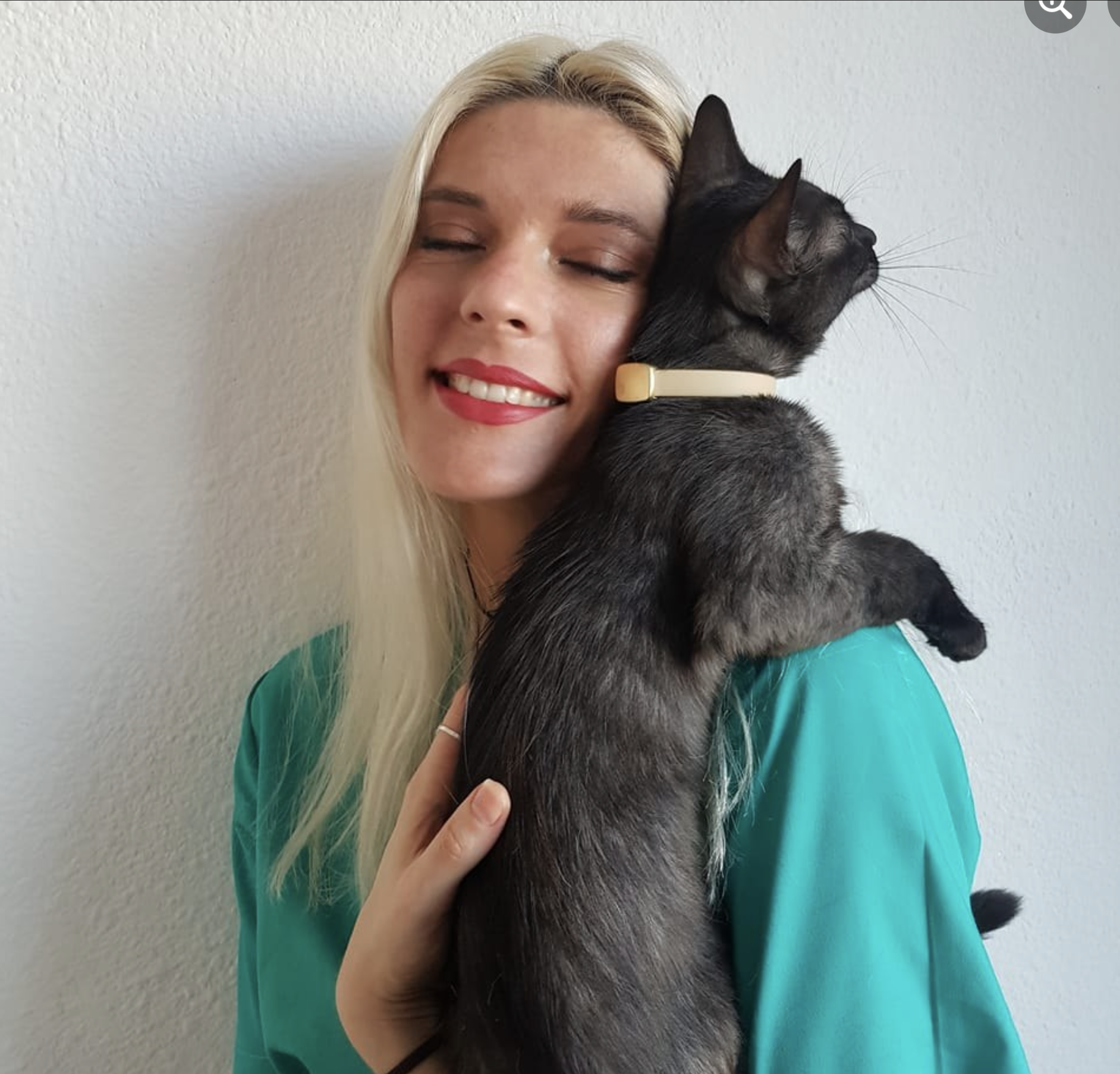In some situations, changing your cat’s food may be the right choice. There can be a number of reasons for this transition, but here are the most common one
- Intolerances/allergies to ingredients in your cat’s usual food.
- Diseases that require a certain type of food.
- Obesity.
- Switching from kitten food to adult cat food.
- Transitioning from adult cat food to senior cat food.
- Reasons associated with costs or personal preferences of the owner.
- Product availability.
- Picky cat.
How Should You Transition Your Cat to a New Diet?
The transition to a new diet should never be sudden, and it often takes a bit of patience until your cat gets used to the taste of the new type of food. You should always change your cat’s food gradually, step by step, over a period of at least 7-10 days. A sudden diet change can affect your little feline’s intestinal tract. Therefore, to avoid this, make sure your cat has a smooth transition.
If you want to switch your cat’s food from dry to dry, this is what you have to do:
- Day 1-2 – add ¼ of new food + ¾ old food.
- Day 3-4 – add ½ new food + ½ old food.
- Day 5-7 – add ¾ new food + ¼ old food.
- Day 8 – from now on, your cat will receive 100% new food.
If you want to switch your cat’s diet from dry to wet, the process will be easier because most cats prefer wet food. Add a teaspoon of wet food on top of your cat’s dry food in the first two days. Add more and more each day until you have completely replaced your cat’s old diet.
Switching from wet to dry food can give some cat owners a headache because cats may refuse dry food (especially if they are not used to its texture). To make your cat’s life easier and implicitly yours, sprinkle the kibble with some water or add chicken broth (if the vet allows it) to soften it.
Side Effects of a Diet Change
Suddenly changing your cat’s diet can lead to gastrointestinal problems, such as:
- Vomiting
- Soft seats
- Diarrhea
- Loss of appetite
If you have changed your cat’s food and notice one or more of these clinical signs, stop the new diet and give your pet the old one until it recovers. Then make sure you create a smooth transition.
If you have followed the scheme above, but your cat still develops digestive problems, decrease the amount of new food and extend the transition period. Some cats can be more sensitive and develop gastrointestinal disorders even from small amounts.
Contact the veterinarian if the intestinal disorders are severe and your cat does not recover. Diarrhea and vomiting can lead to dehydration, which can be fatal. Also, cats should not go without food for more than two days because they can develop a liver disorder that can endanger their lives.
Conclusion
Most of the time, we change our cats’ food out of necessity. To avoid gastrointestinal problems, change your cat’s diet gradually over a period of at least one week. If you have a sensitive cat, it is recommended to extend this period.


